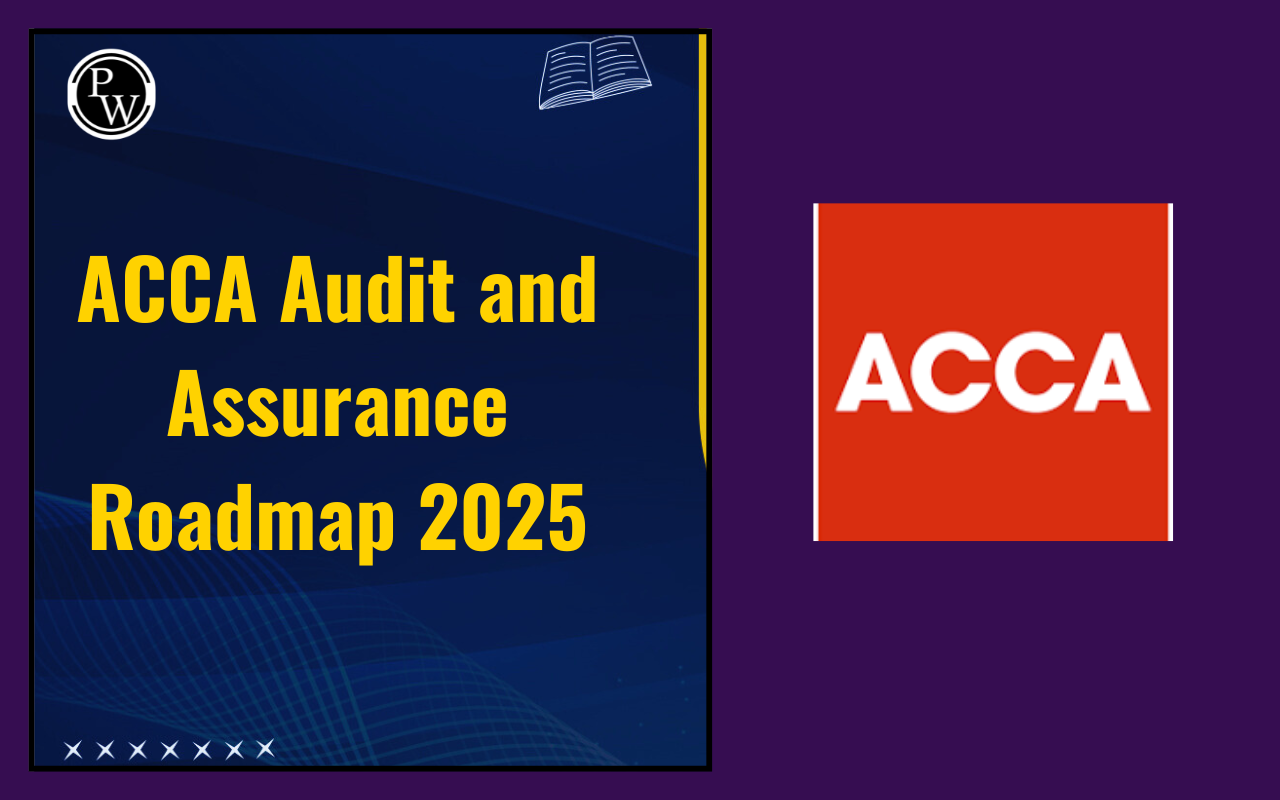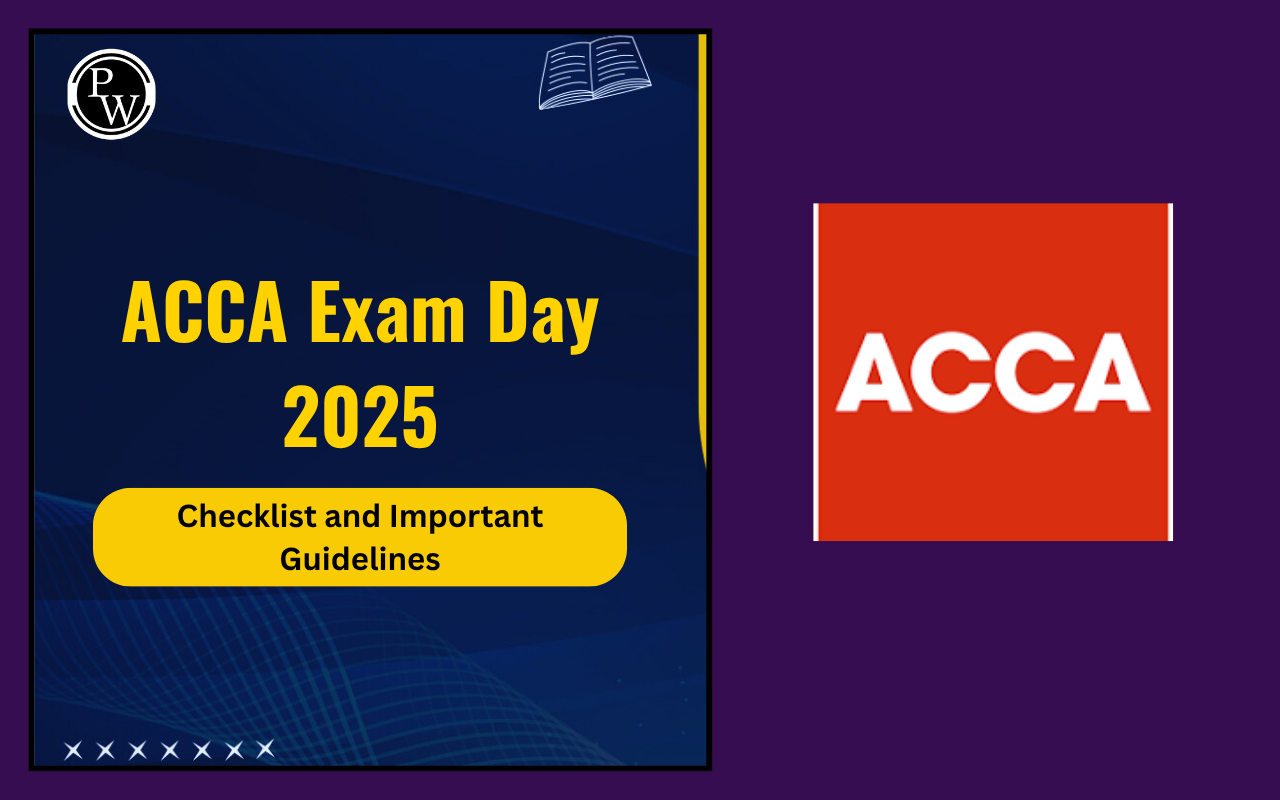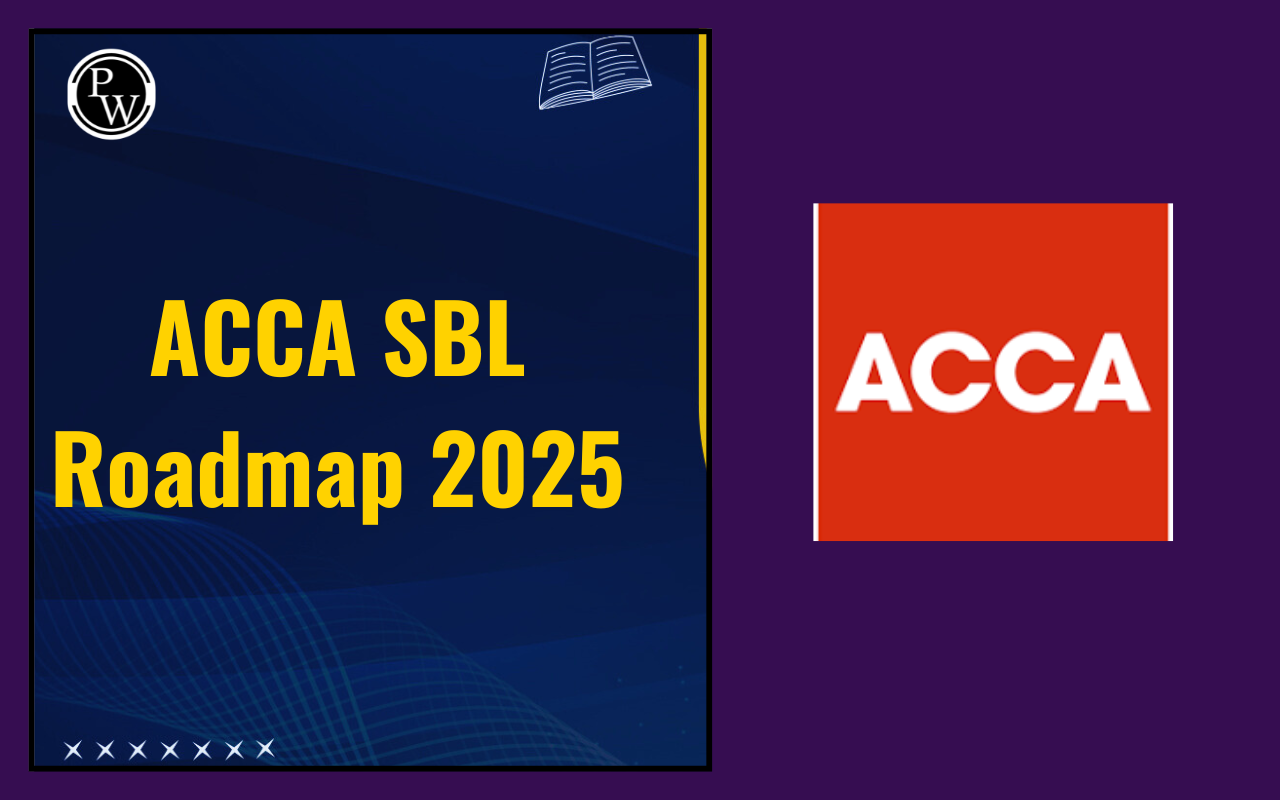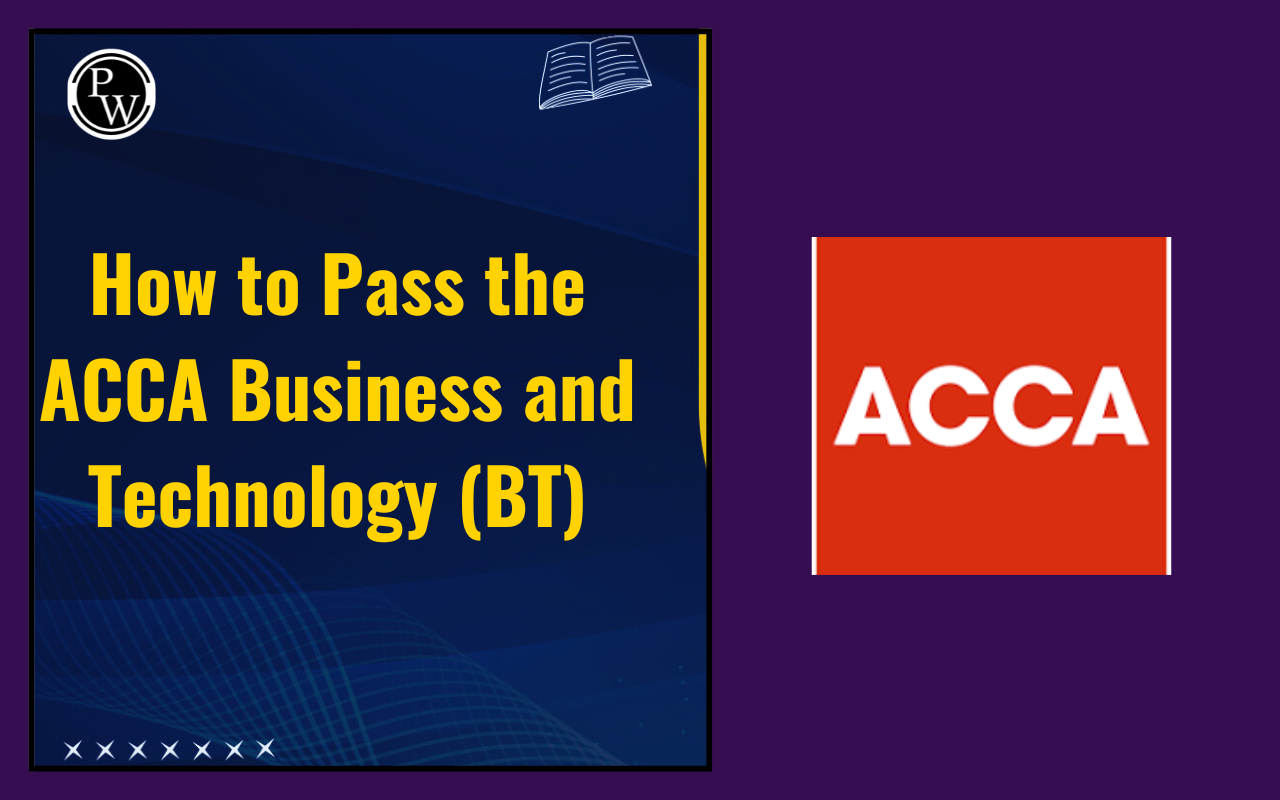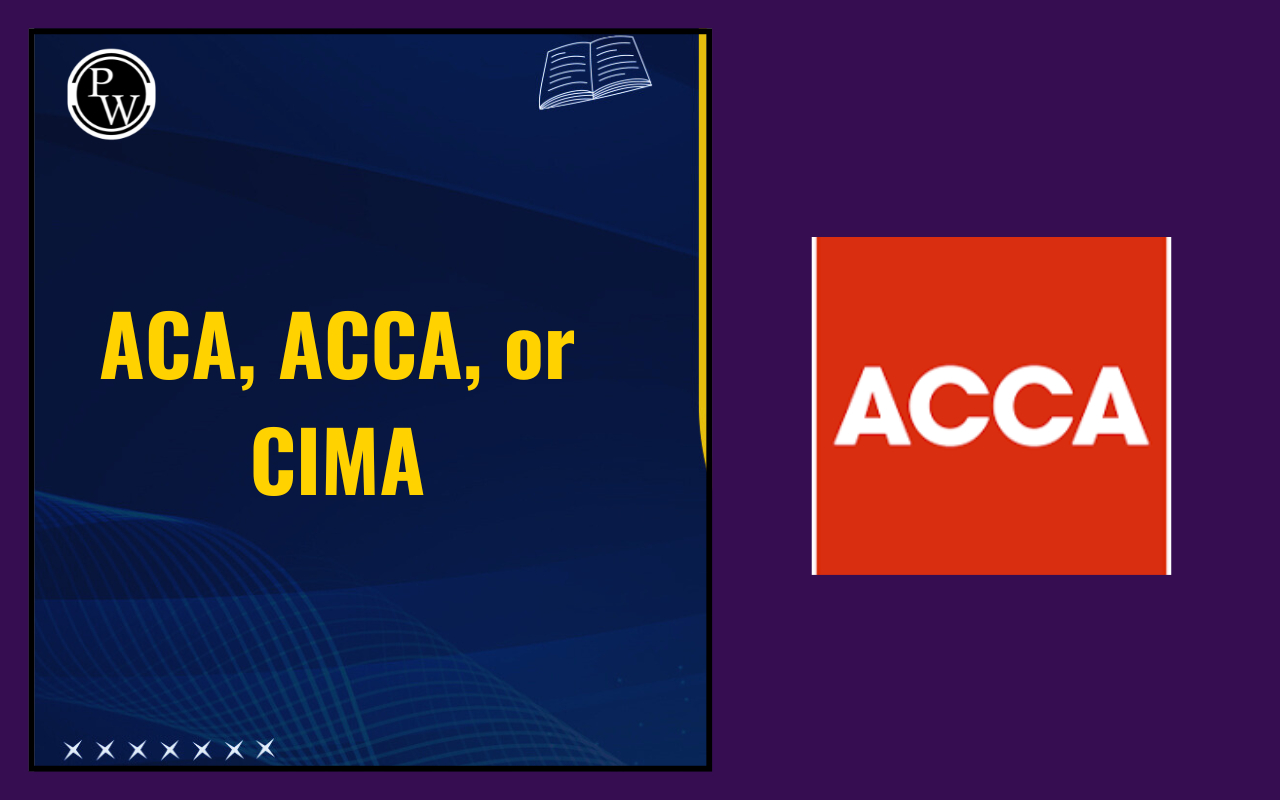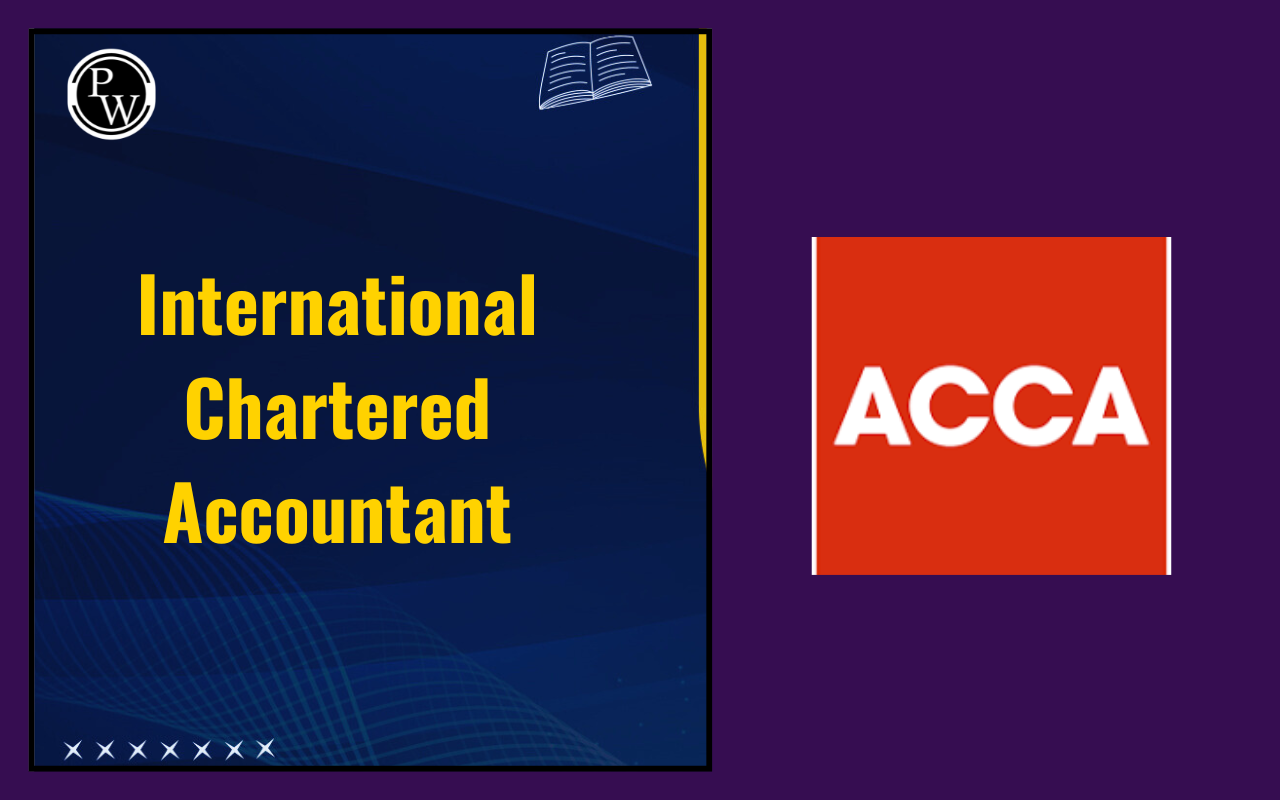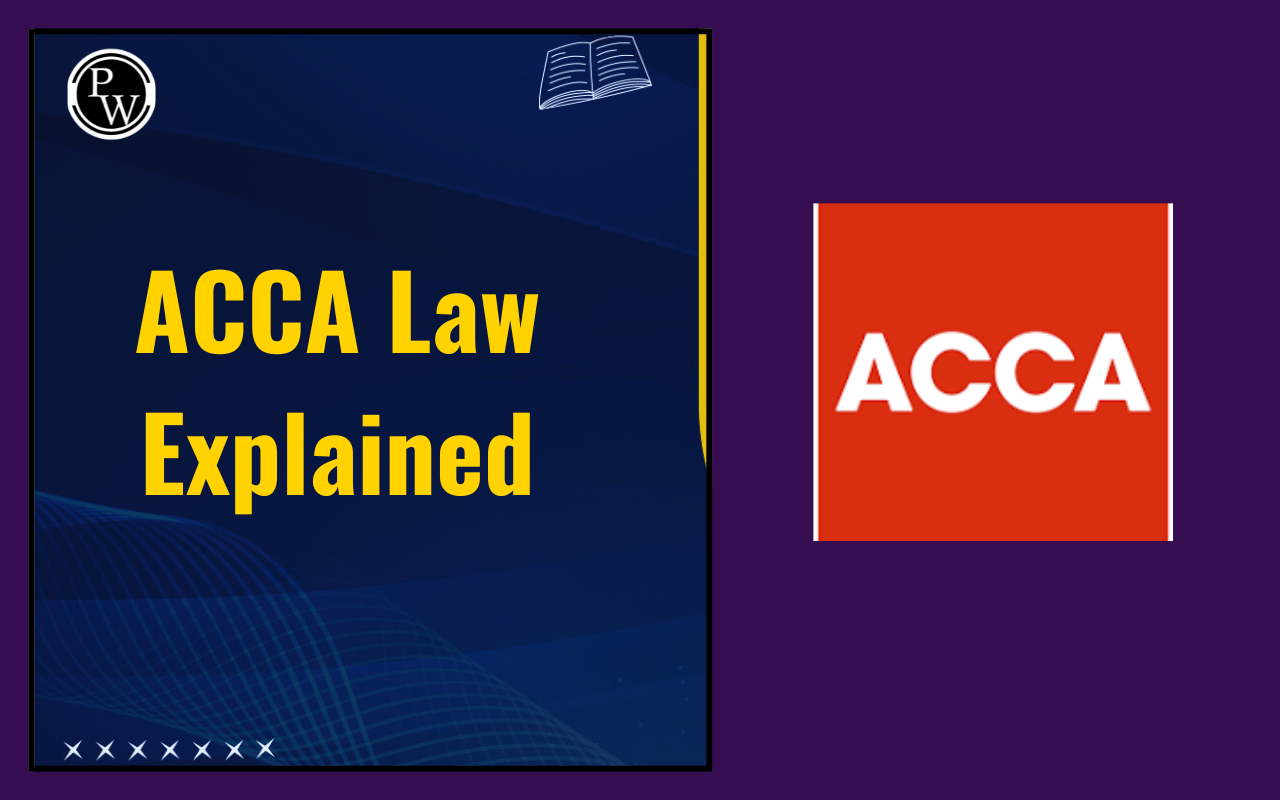
Irrecoverable Debts and Allowance for Receivables: In financial accounting, many businesses offer goods or services on credit to customers. While this approach can boost sales and customer relationships, it also increases the risk of non-payment. When it becomes evident that a customer is unlikely to settle their dues, the amount owed is considered an irrecoverable or bad debt.
To maintain accurate financial statements, it is also important for businesses to estimate and record allowances for doubtful receivables. However, it might be a tricky task to correctly treat irrecoverable debts and allowance for receivables in financial accounting. Therefore, it is essential to understand these scenarios and their impact on accounting. Understanding these aspects is specifically necessary for ACCA aspirants to perform well in financial accounting papers.
What are Irrecoverable Debts in Financial Accounting?
Irrecoverable debt refers to the amount a business cannot recover from a customer who purchases goods or services on credit. This typically occurs when a customer fails to fulfil their payment obligations and is no longer expected to pay.
In financial accounting, this is recorded as a "bad debt expense" and treated as a loss, reducing the value of accounts receivable. These write-offs can lower a company’s income, impact future cash flow, and affect financial planning. They can also create problems for suppliers or business partners linked to the company.
What Leads to Irrecoverable Debts?
Here are the major reasons that lead to irrecoverable debts:
-
Customer insolvency or bankruptcy: The most common reason that customers can't pay for the credit is their financial collapse.
-
Delayed payments: Customers facing their own payment delays may struggle to clear dues on time.
-
Supply chain disruptions: Operational slowdowns affecting customers’ ability to produce or sell goods, reducing cash inflow.
-
Withdrawal of bank credit: Loss of access to working capital due to revoked credit lines.
-
Market downturns: Sudden economic shifts affecting customer sales and business viability.
-
Poor credit assessment: Granting credit to high-risk or unverified customers without proper screening.
-
Weak credit control policies: Lack of proper systems to monitor and manage customer credit behaviour.
-
Credit fraud: Customers deliberately deceive or misrepresent themselves with no intent to repay.
-
Repeated late payments: A common early sign that an account may turn into a bad debt.
What is Allowance for Receivables?
The allowance for receivables represents a business’s estimate of the portion of its outstanding receivables that may never be collected. Rather than inflating the value of accounts receivable, this estimate is shown as a contra-asset on the balance sheet. The allowance for receivables effectively reduces the total amount to reflect a more realistic figure of expected payments.
This accounting measure plays a critical role in the following key areas:
-
It aligns with the matching principle, which dictates that businesses must record expenses in the same period as the revenue they help generate. By anticipating potential bad debts at the time of sale, companies can make sure that their financial reporting accurately reflects the profitability of each period.
-
The allowance improves the accuracy of financial statements by factoring in the uncertainties that naturally come with extending credit. Businesses aren’t expected to pinpoint which customers will default. However, they can rely on past trends, customer profiles, and broader economic indicators to arrive at a reasonable estimate.
Adjusting Irrecoverable Debts and Receivables Allowance in Financial Accounting
For many ACCA students, questions involving irrecoverable debts and adjustments to receivables often prove to be challenging. These concepts require both technical accuracy and a clear understanding of financial statement presentation.
Irrecoverable Debts in Financial Accounting
When a customer’s outstanding balance is confirmed to be uncollectible, the business must treat it as an expense. This is done by removing the amount from trade receivables and recording it in the profit or loss account. In effect, the customer's account is cleared, and the loss is recognised, as the business no longer expects payment. This process is commonly referred to as writing off an irrecoverable debt.
From a reporting perspective, this adjustment impacts two financial statements:
-
The income statement reflects the loss as a bad debt expense.
-
The balance sheet shows a reduced trade receivables figure, reflecting the net collectable amount.
Allowance for Receivables in Financial Accounting
Instead of directly writing off amounts that are doubtful but not confirmed as lost, businesses create an allowance for receivables. This is a conservative accounting approach that reduces the reported value of receivables without affecting the customer’s account. It ensures the continuity of ongoing collection efforts while still presenting a more accurate asset value.
For instance, if a business has $180,000 in trade receivables and a pre-existing allowance of $4,000, the net receivable reported would be $176,000. However, if updated estimates suggest the allowance should be $5,400, then the additional $1,400 is recorded as an expense in the current income statement. Only the change in the allowance (i.e., increase or decrease) affects the profit or loss account.
Taking the above example, here is a representation of allowance for receivables in the financial statement:
-
Profit or Loss: $1,400 expense for the revised allowance.
-
Statement of Financial Position: Trade receivables adjusted to $174,600 ($180,000 - $5,400).
Recording in Ledger Accounts
For clarity in accounting records, it’s advisable to maintain separate ledger accounts for the following:
-
One for bad debts or receivables expenses.
-
One for the allowance for receivables.
This distinction helps in tracking adjustments and is especially useful during exam preparation, where clarity in ledger entries can earn valuable marks.
Recovering Previously Written-Off Debts
Sometimes, an irrecoverable debt that was written off in the past may still be recovered. In such cases, the amount received is recorded as a cash inflow. This can be handled by crediting either the bad debts expense account or a dedicated ‘bad debts recovered’ account. While both methods are acceptable, using a separate recovery account helps keep the annual bad debt expense figure clean and more transparent.
Irrecoverable Debts and Allowance for Receivables FAQs
What is bad debt write-off?
What is the allowance for irrecoverable debts?
Is irrecoverable debts a debit or credit?
Is allowance for bad debts a current or noncurrent asset?
What is the journal entry for allowance for doubtful debts?

